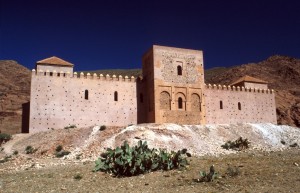Morocco’s Tin Mal Mosque and the Gandoufa Valley,Your Morocco Tour Guide
October 20th, 2012
Tin Mal is 100 kms from Marrakech just past the village of Ijoukak on the road to Taroudant in the High Atlas Mountains. It was the spiritual home of the Almohads, who went on to conquer Marrakech defeating the ruling Almoravids and then creating an empire that stretched from all…


